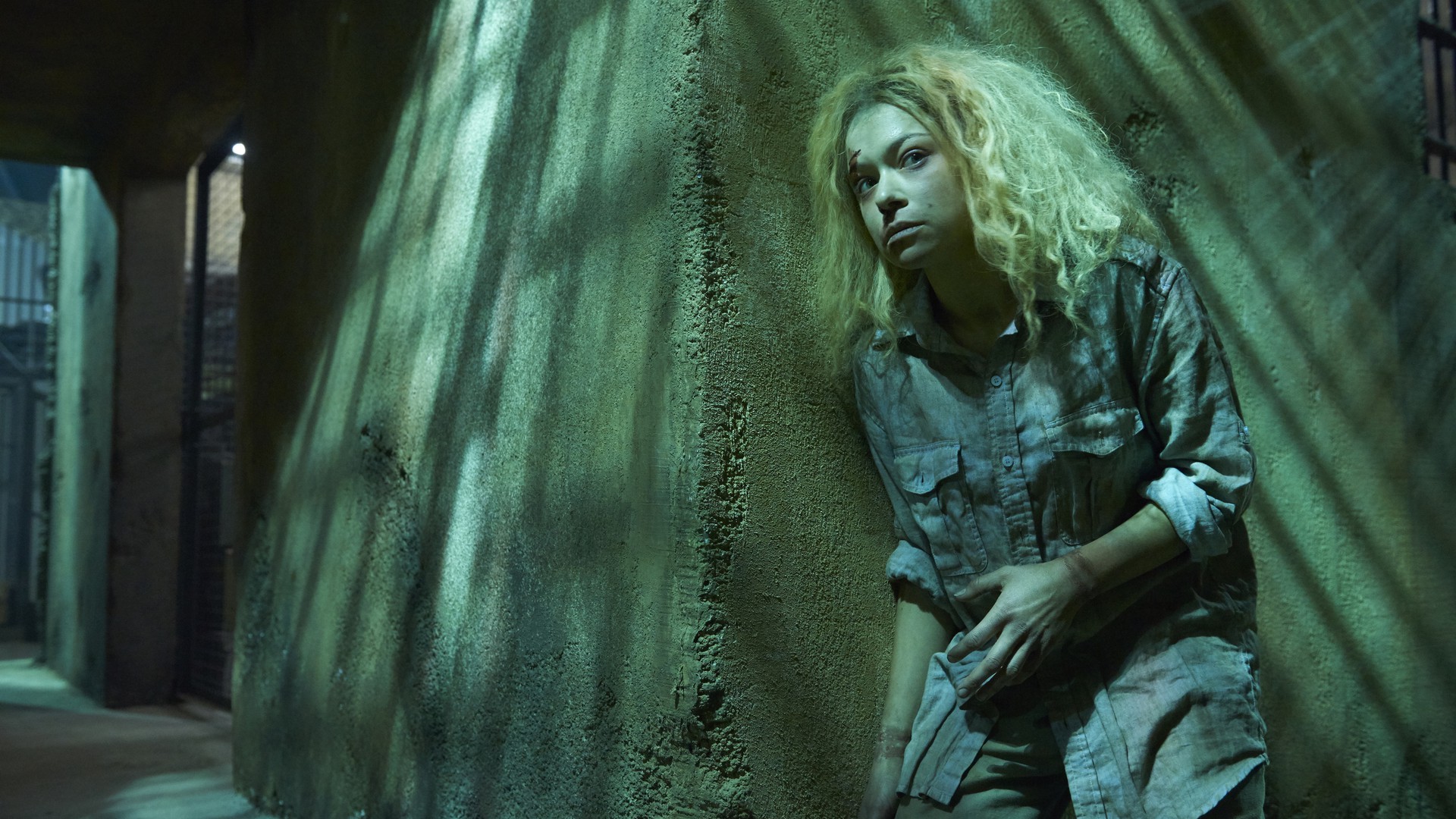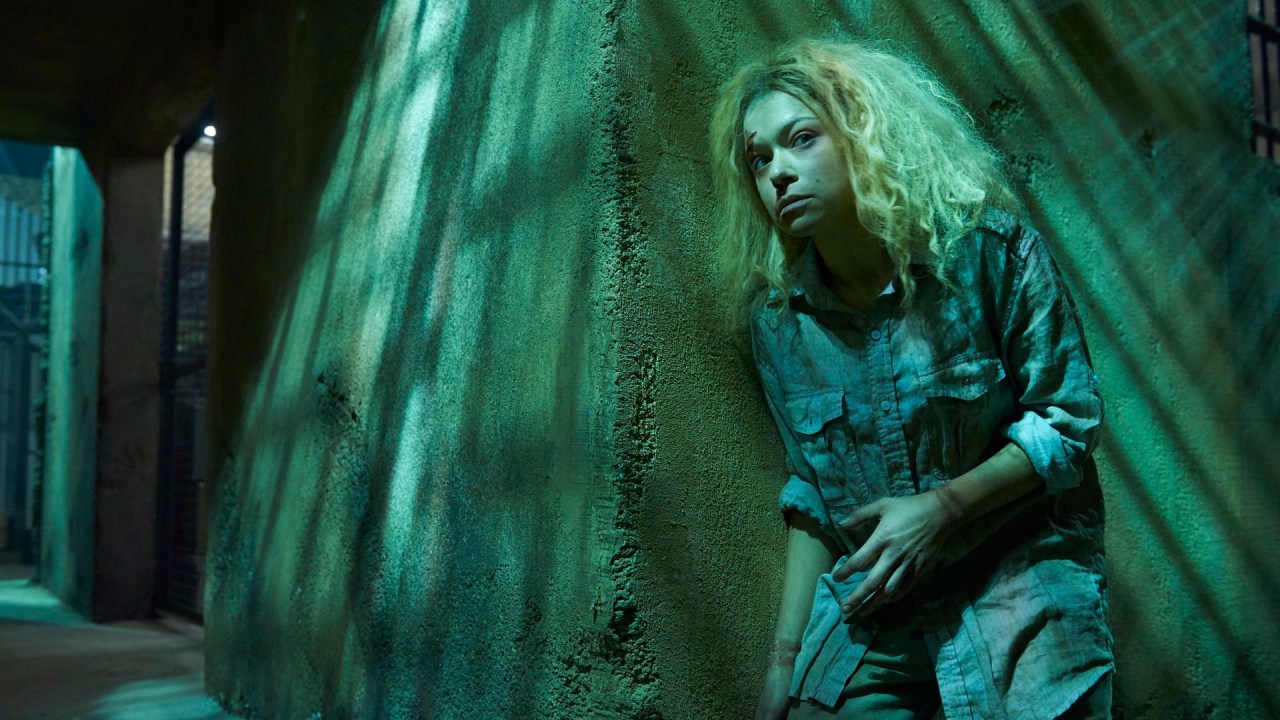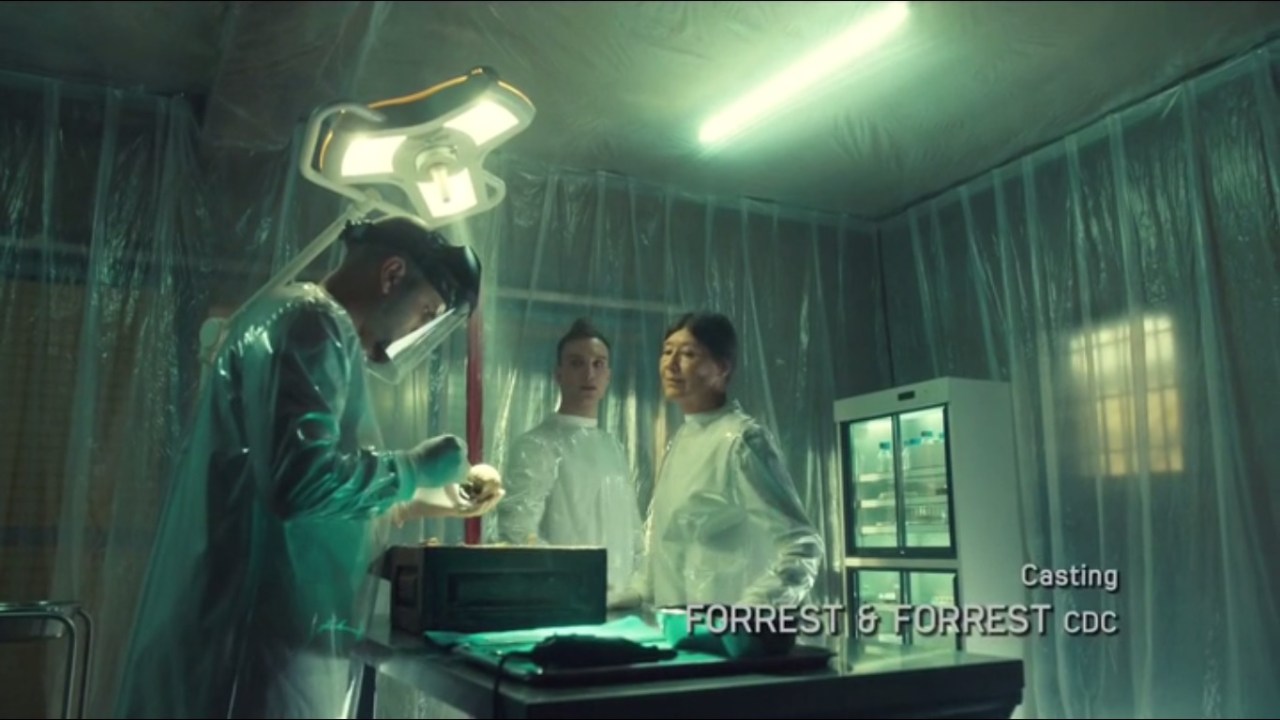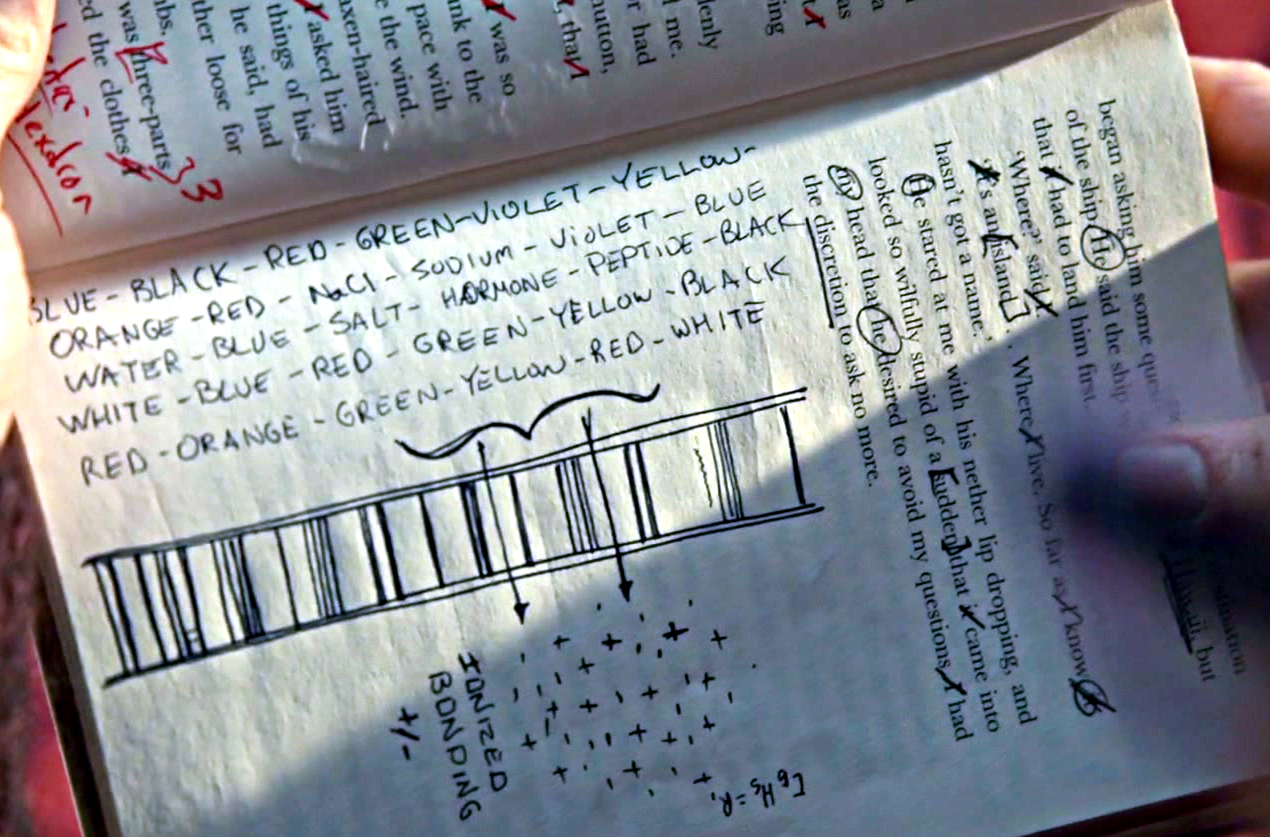Orphan Black Science Recap: “Scarred by Many Past Frustrations”
What's up with gene therapy?

 Welcome to our Orphan Black science recaps, where Casey, a graduate student in genetics and developmental biology, and Nina, a professional science communicator, examine the science in each episode of OB and talk you through it in (mostly) easy-to-digest terms. Check out our regular OB recap for this episode here.
Welcome to our Orphan Black science recaps, where Casey, a graduate student in genetics and developmental biology, and Nina, a professional science communicator, examine the science in each episode of OB and talk you through it in (mostly) easy-to-digest terms. Check out our regular OB recap for this episode here.
If you haven’t watched the latest episode of Orphan Black, be forewarned: there will be spoilers. There will also be crazy science.
Nina: It seems like the obvious topic for this episode should be the Castor clones’, um, killer ejaculate? Obvious STI connotations aside, we can only guess at the hows and whys. What, exactly is the infection? Is it linked to the Castor defect? Is it linked to an infertility sequence? Is it something that the project planned? Casey and I will need to learn a little more before we can comfortably write about the science. That said, if anyone has any theories, we’d love to see them in the comments.
We’re going to shift our focus instead to gene therapy for the clones. Dr. Coady stated that that this was her main goal for sequencing Abel’s genome.
 Casey: Gene therapy is still considered an experimental therapy, but has been discussed as a potential cure for both the Leda and the Castor defects. The basic science behind gene therapy is the idea of changing the genetics of a person to cure a disease. The simplest way for this to be done is to take someone who has a mutated gene that causes a disease, and give them back an unmutated copy of this gene.
Casey: Gene therapy is still considered an experimental therapy, but has been discussed as a potential cure for both the Leda and the Castor defects. The basic science behind gene therapy is the idea of changing the genetics of a person to cure a disease. The simplest way for this to be done is to take someone who has a mutated gene that causes a disease, and give them back an unmutated copy of this gene.
In this instance, the gene of interest that will be used as a cure is inserted into a vehicle of delivery, often a viral vector that is easily taken up by cells and can allow the gene to be incorporated into the nucleus. This vector is then administered to the patient, often directly to the affected tissue or cells. The gene of interest is then hopefully incorporated into the patient’s genome, and this functional gene overrides the actions of the mutated gene.
There are some caveats with gene therapy. The gene of interest incorporates into the nuclear genome at random, and can sometimes have negative consequences if it incorporates into the coding region of a gene. The viral vector also might not be taken up by the patient. There are some alternative methods of gene delivery (nanoparticles, lipids, and even naked DNA), but these tend to present their own problems as well. These are just a few of the reasons gene therapy is still considered experimental.
Nina: Gene therapy, when it’s successful, is likely not a permanent cure. The problems that Casey listed above, combined with the fact that cells are constantly dividing means that multiple treatments are required. For the Castor and Leda clones, it would mean returning—to Dyad or to Castor’s military base—to receive another treatment of therapeutic DNA. Sick clones will never not be tied to their respective institutes, if they want to stay alive. They couldn’t even pursue treatment independently if they wanted to, unless they have some millions of dollars secreted away—gene therapy is one of the most expensive treatments out there.
Cosima is lucky to have a copy of her own genome and synthetic sequences—before his death, Ethan Duncan was working with Scott to decode Cosima’s synthetic sequence, which would hold keys for her treatment. However, Duncan also revealed that each Leda clone has a unique synthetic sequence so this therapy could only apply to Cosima (at least she is the only one who is sick right now). It’ll be a lot more work to decode the sequences for the other clones. We can assume that this is likely the same case for the Castor clones, which is why access to the original genome (via Abel) is so helpful. It’s interesting to see that both projects are working towards the same goal for their respective clones, but with different tools and resources.

As if gene therapy isn’t complicated enough…
Casey: Gene therapy could be the cure the Leda clones have been looking for this whole time. The key for them will be decoding Ethan’s ciphers in the book he left with Kira that Cosima and Scott now have. If they decode this and find a gene that can be used for gene therapy, the clones can all stop worrying about their health. As for Castor, Abel’s genome is their best bet, with the possibility of a sequence in the original genome. Now the question is who will be able to successfully create the cure, and which clones will be too far gone by the time the cure is ready?
Casey Griffin is a graduate student in genetics and developmental biology. She dissects mouse hearts, does lots of PCRs, and nerds (and cries and screams) aboutOrphan Black. You can check out her OB Science Time Tumblr posts here.
Nina Nesseth is a professional science communicator, emerging playwright, and serial tea-drinker. She’s happiest when science-ing at people (yes, that’s “science” as a verb) and watches way too many movies (but she lacks stamina and falls asleep if she tries to watch two in a row). You can find her on Twitter@cestmabiologie.
—Please make note of The Mary Sue’s general comment policy.—
Do you follow The Mary Sue on Twitter, Facebook, Tumblr, Pinterest, & Google +?
Have a tip we should know? [email protected]